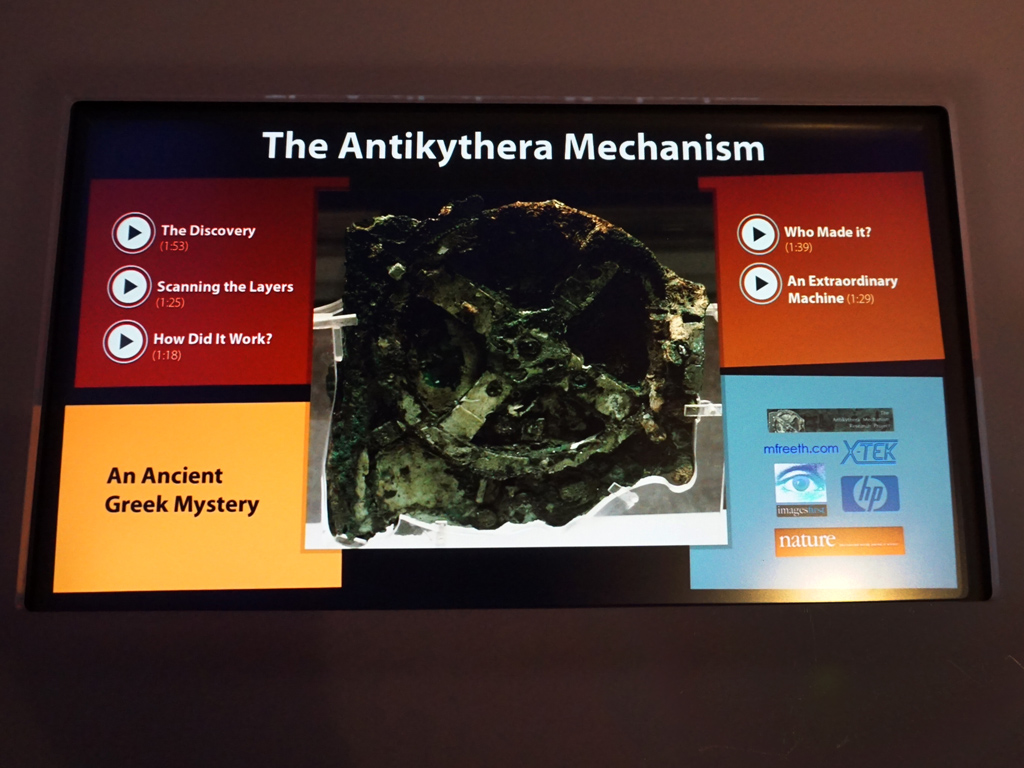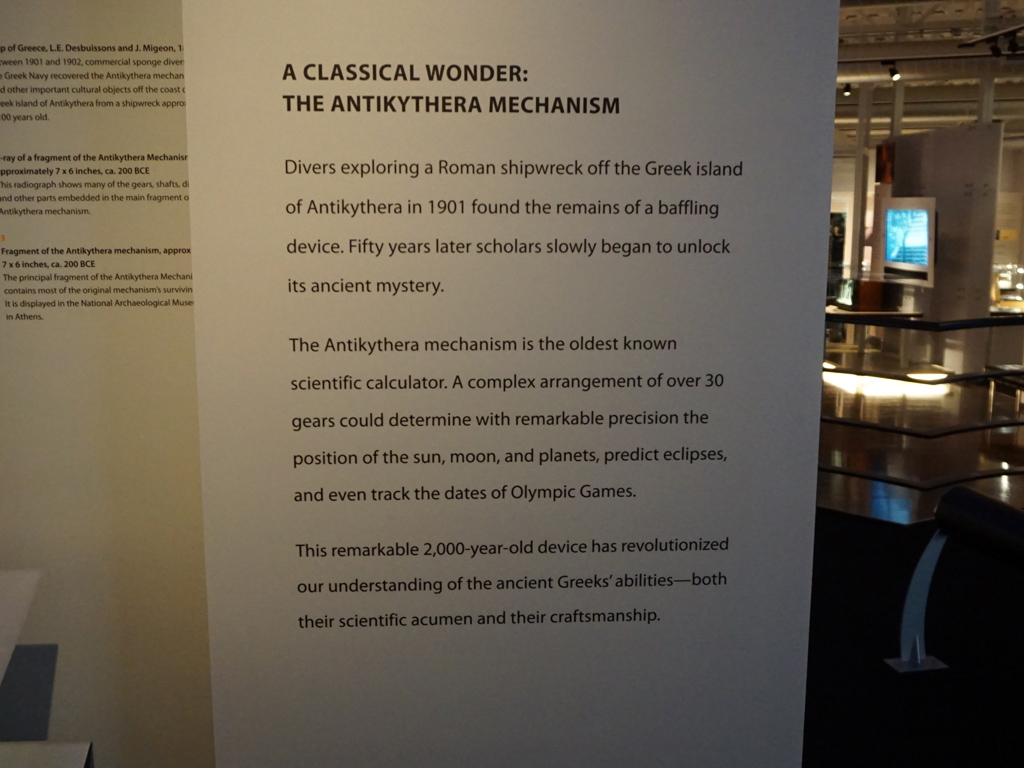Computer History: From The Antikythera Mechanism To The Modern Era
In this article, we shed light on the most important moments in computer history, acknowledging the people that have contributed to this evolution.
The Antikythera Mechanism
In 1900, somewhere between the Greek islands of Kythera and Crete, near the island of Antikythera, several Greek divers found a wooden box in an ancient shipwreck. Inside the box was a clockwork mechanism composed of a number of meshing bronze gears. According to the scientists that examined the device, it was designed to predict astronomical positions and eclipses for calendrical and astrological purposes and it could also predict the Olympiads, or the cycles of ancient Olympic Games that took place every four years.
Due to its complexity, the Antikythera device probably isn't the first of its kind and very likely has some predecessors, which were made during the Hellenistic period (starting in 323 BC), that still remain undiscovered. This means that until we find the predecessors, the Antikythera mechanism is considered the first analog computer ever made. According to more recent research, the Antikythera mechanism is dated at around 205 BC.



It is indeed strange how all of this knowledge was lost during the Antiquity period, and the next mechanisms that had such complexity and required this type of workmanship did not appear again until the 14th century. The time gap is immense (16 centuries!) and clearly shows that there are many things that we don't know about ancient civilizations, including the ancient Greece.
Many scientists have tried to solve the mystery behind the Antikythera mechanism, and further dives into the shipwreck have been made in hopes of discovering additional pieces of the device that could shed more light on this technology. The latest attempt to reconstruct the Antikythera mechanism was made by Dr. Markos Skoulatos and finished in 2014. This copy has the exact same dimensions as the original, retaining all of its known functionality.
Today, the original Antikythera mechanism is kept at the National Archaeological Museum of Athens, which is a must visit if you ever travel to Athens (along with the new Acropolis museum). The National Archaeological museum has more than 20,000 exhibits, providing a panorama of the Greek civilization from the beginnings of Prehistory to Late Antiquity.
MORE: Best Cases
MORE: All Case Content
Get Tom's Hardware's best news and in-depth reviews, straight to your inbox.
Current page: The Antikythera Mechanism
Prev Page Introduction Next Page The Pascaline And Other Early Calculators
Aris Mpitziopoulos is a contributing editor at Tom's Hardware, covering PSUs.